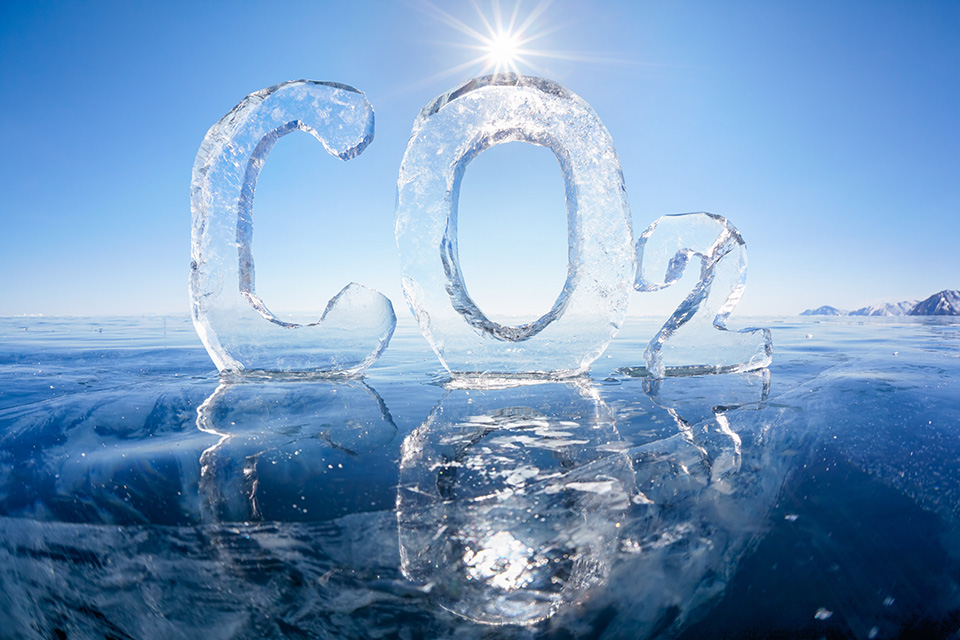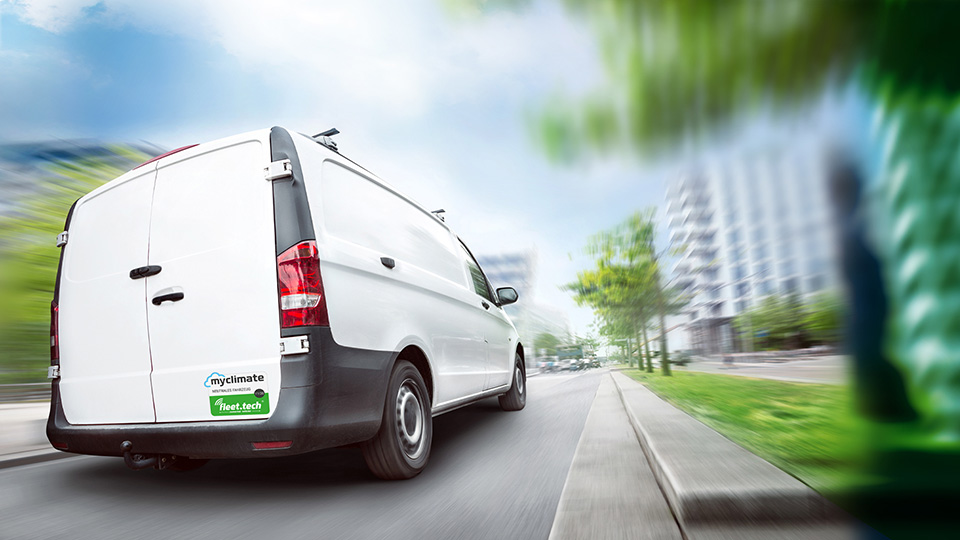Rumpelstiltskin and the climate debate

It is undisputed that climate change has an impact on all regions of the world. For example, the ice on the polar ice caps is melting or glaciers are disappearing. Sea levels are rising and extreme weather events with heavy precipitation are on the increase. Elsewhere, extreme heat waves and droughts are occurring. It has also been proven that global warming is responsible for this. Every year, we humans are responsible for an additional 32 billion tonnes of carbon dioxide being released into the atmosphere. As a result, the greenhouse effect increases and the earth heats up more and more. One of the most important emission gases produced by humans is CO2. But who must take responsibility for this? Politicians, companies or actually every single one of us?
« Today I bake, tomorrow I brew,
The day after tomorrow I’ll take the Queen’s child;
oh, it’s a good thing no one knows
that I’m hot for Rumplestiltskin! »
Admittedly, to begin this blog post with the famous quote from the fairy tale of the Brothers Grimm could well be misinterpreted in the chosen context. But actually, the core of the Rumpelstiltskin fairy tale shows in an exemplary way how mentioning the problem can have a redeeming effect. There is something demonic dancing around and one is powerlessly desperate. But if you know its name, it loses the threat with one blow. In the same way, many entrepreneurs in the transport industry may feel the same way in the current climate debate. The various actors from science and politics are outdoing each other with arguments about reduction targets and horror scenarios, some of which are diametrically opposed. Here it would be helpful to call Rumpelstiltskin by his name and thus enable a sober consideration and approach to the problem.
The transport sector and emission data
According to calculations by the International Energy Agency (EIA) global energy-related carbon dioxide emissions from the transport sector will increase to a whopping 6.7 gigatonnes by 2050. This would correspond to an increase of 67 percent compared to 2019.
Only what science, politics and the media call numbers and compensation values is not really tangible for many actors. For companies to be able to optimize their climate balance, they first need a transparent recording of the decisive emission data. Many company representatives have a pronounced climate awareness, which can ultimately be justified with economic incentives, but very few companies have a detailed overview of all relevant emissions.
The processing of telematics data with transport route-specific emission values along the proportional supply chain are important factors that will have to be digital and automated in the future. Thus, in addition to the purely economic factors involved in the operation of a networked vehicle fleet, ecological motives are increasingly taking centre stage. Today, the majority of these surveys are based on pure calculations, which are highly inaccurate and therefore only provide an approximate indication. It is essential that the emissions are based on the complete life cycle approach and thus depict all processes responsible for the climate-damaging greenhouse gases in a transparent and blunt manner. Accordingly, the LCA must take into account the elements and their environmental impact on a pro rata basis from the “beginning to the end” of a life cycle. After all, vehicles must be built, operated, maintained and disposed of at the end of their life or functional life. It should not only be possible to determine the exact consumption of diesel vehicles, but also the consumption of hydrogen, electric, natural/biogas or hybrid vehicles. The transport infrastructure required for operation, such as traffic routes, tunnels, bridges and additional facilities required for the orderly operation of administrative buildings, filling stations and substations must also be taken into account. Only the exact measurement of all factors enables an effective examination of the extent to which concrete measures, such as the use of different drive or other logistics concepts, allow for corresponding positive reduction effects.
Thus, the reduction of CO2 emissions, measures to increase energy efficiency and, in general, an environmentally friendly vehicle fleet are representative of the use of fleet telematics, which provides the necessary transparency to answer these very questions.
fleet.tech system makes CO2 emissions from vehicles transparent
With the support of the Swiss foundation myclimate we have already developed an innovative supplement to our fleet.tech telematics solution in 2019. The so-called fleet.tech dashboard not only gives a fleet manager an overview of the efficiency and safety behaviour of his vehicle fleet, but also shows the CO2 emissions in tonnes for each vehicle. The methodology for calculating the life cycle assessment of a vehicle registered with fleet.tech is based on the so-called “life cycle” approach. This means that when calculating the CO2 footprint of a vehicle, the processes and their environmental impact are taken into account proportionately from the beginning (“production”) to the end (“disposal”) of a vehicle. Anyone interested can obtain additional information at www.fleet.tech/myclimate.

In our discussions, we found that the vast majority of companies are prepared to make concrete investments in climate protection. However, it will be the joint task of business and politics to carry this motivation through the current crisis. The stocktaking clearly shows that further support is needed to make the best possible use of investments and, with the help of technological and digital innovations, to make climate protection acceptable in the transport sector as well.
The cost of climate change: who will pay for it?
It is clear that all this is not free of charge. Most people suspect that it costs something. Sceptics like to argue that the changeover to a CO2-neutral or even -negative way of life and economy would harm the global economy. However, studies and analyses on the subject show that a transition to the so-called “green economy” even offers opportunities, and that the costs incurred by climate change represent a much greater threat to the global economy. If companies have higher costs as a result of a CO2 tax, they will have to pass these costs on at least in part to their customers, i.e. in the end to end consumers who buy goods produced or transported with CO2 emissions in supermarkets.
Sweden shows that this does not necessarily lead to higher costs for the average household. There, since the gradual introduction of the CO2 tax, CO2 emissions from households have fallen by 80 percent, while households use only two percent less energy – so they have simply switched to alternative forms of energy that are now cheaper thanks to the tax.
Whether climate change poses a threat or an opportunity is ultimately also related to knowing one’s own emissions data and their influencing variables. With this knowledge you can rob Rumpelstiltskin of his demonic nature and gain certainty regarding your own CO2 balance.

